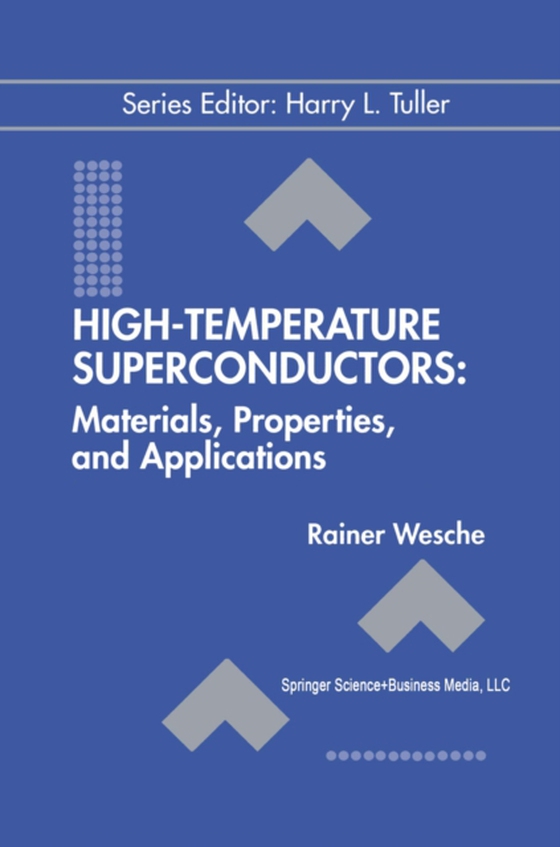
High-Temperature Superconductors: Materials, Properties, and Applications e-bog
1240,73 DKK
(inkl. moms 1550,91 DKK)
The discovery by J. G. Bednorz and K. A. Mtllier in 1986 that the superconducting state can exist in oxides at temperatures above 30 K stimulated research in the field of superconductivity and opened up a new field of research. Within a few years a large number of cuprate superconductors with transition temperatures well above the boiling point of liquid nitrogen have been found. The possibilit...
E-bog
1240,73 DKK
Forlag
Springer
Udgivet
27 november 2013
Genrer
TGMM
Sprog
English
Format
pdf
Beskyttelse
LCP
ISBN
9781461550754
The discovery by J. G. Bednorz and K. A. Mtllier in 1986 that the superconducting state can exist in oxides at temperatures above 30 K stimulated research in the field of superconductivity and opened up a new field of research. Within a few years a large number of cuprate superconductors with transition temperatures well above the boiling point of liquid nitrogen have been found. The possibility of using liquid nitrogen as coolant re-stimulated interest in power applications of supercon- ductivity. In this book an overview of the known high-Te superconductors and their physical properties is presented. Aspects related to conductor fabrication and high-current applications are emphasised. The material should be suitable for use in graduate- level courses on superconductivity. Researchers in the field may profit from the large number of tables and references describing its status at the end of 1997. An introduction to high-To superconductivity must be based on the fundamental physical principles of normal-state electrical conductivity and the well-known characteristics of conventional superconductors. In Chapter 2 this background is provided. Crystal structures, anisotropic properties and general trends of the critical temperatures of the cuprate superconductors are described in Chapters 3 and 4. The processing of superconductor powders addressed in Chapter 5 affects considerably the current-carrying capacity of high-T. wires. In Chapter 6 several fabrication techniques for superconducting wires are described. In addition, the factors limiting the transport critical currents ofhigh-Te wires are discussed.
 Dansk
Dansk

